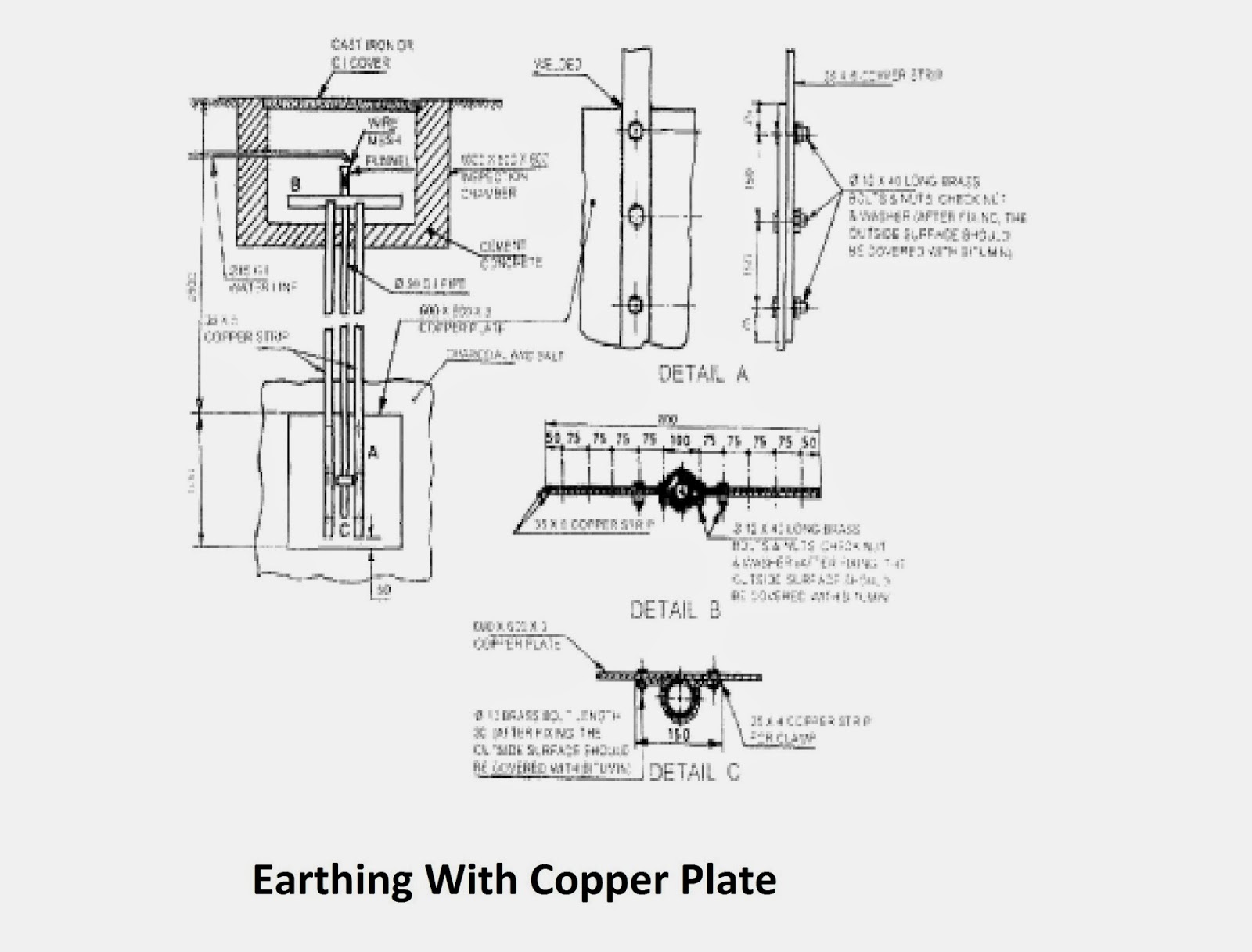Jet Turbine working Priciple
There are various designs are available in the market for working of Jet turbine but they all works on the same principle. The most typical type nowadays may be the centrifugal flow turbine, instead of the more time axial flow turbine.
A centrifugal turbine mostly differs within the stage of compression - air entering the turbine is tossed outwards because it passes within the spinning impeller. The environment hits against within the can and thus is compressed greatly, before passing in to the combustion chamber. This intense compression boosts the temperature from the air, along with the pressure.
The fuel, that is usually oil , is introduced in to the combustion chamber like a very fine spray, and thus mixes easily using the now very compressed air. This fuel/air mixture will be captivated with a small glow plug, much identical to the one available on a couple or 4 cycle model plane engine.
Because the fuel/air mixture ignites and explodes inside the chamber, it's forced rearwards for the turbines. The turbines accelerate the rate from the passing gases, while increasing pressure of these too. The gases (exhaust) finally get squashed with the thinning jet pipe in the very rear from the engine, exiting at great speed and pressure, thus producing our prime amounts of thrust.
The turbines are attached to the front impeller using a primary shaft, to ensure that they energy the impeller because they spin.
Most model jet engines use an auto to initially energy-in the turbine. Only if the compressor has arrived at the required revolutions each minute (Revolutions per minute), can the fuel be introduced in to the chamber and also the engine may then operate normally.
Enter below shows the fundamental principle of the centrifugal flow model jet engine.


Comments
Post a Comment